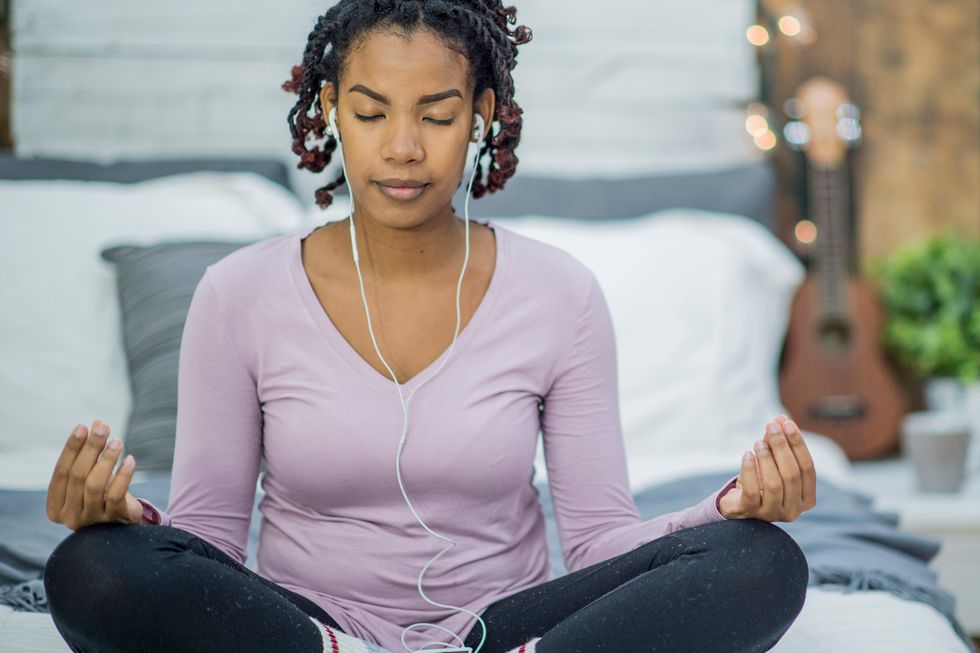
iStock.com/FatCamera
Visualization to Relieve Stress
Bring your mind and body into better balance using the techniques of visualization and guided imagery.
Sep 15, 2009
Jul 27, 2022
Your Health
Learn about our editorial policies

What do those of us suffering from too much daily stress have in common with champion athletes and patients undergoing major surgery?
We can all benefit from using the techniques of visualization and guided imagery to bring our minds and bodies into better balance. Using our imaginations, we can visualize a place where we feel relaxed, such as the beach or other natural area. That's a lot like daydreaming, says Diane L. Tusek, R.N., B.S.N., but sustaining that visualization long enough to work through your stresses is often difficult. That is why the use of "guided imagery" can be so successful for those coping with stressful and difficult times.
With guided imagery, you hear directions spoken by someone on a recorded CD, audiotape, or coaching you in person. The words guide you through an imaginary story, helping your mind to become more peaceful, calm and relaxed. "It's a directed focus," says Tusek, former director of the Guided Imagery Program at the Cleveland Clinic Foundation and creator of guided imagery/relaxation tapes used by many medical centers, corporations, professional athletes and individuals.
Tusek's research shows that patients using guided imagery were more relaxed, needed less pain medication and went home from the hospital sooner. Guided imagery helps lower anxiety, stress and blood pressure, reduces the severity of headaches and even strengthens immune functioning.
You can do visualization or guided imagery (with a CD or tape) on your own. To begin: